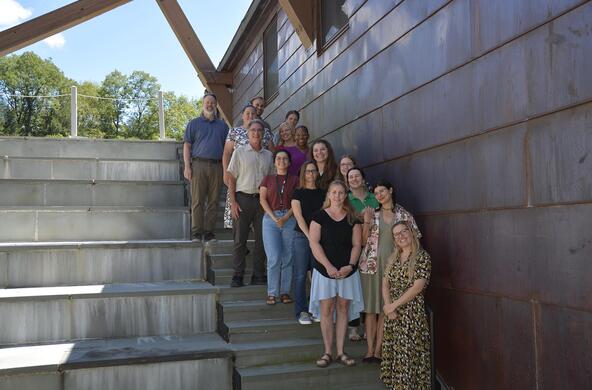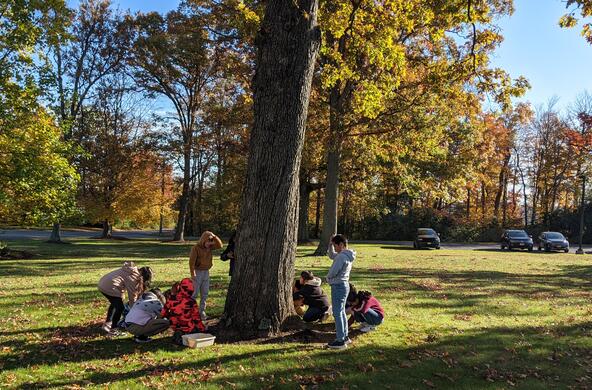When we think about the water cycle, most of us remember the diagram we were taught in third grade. Arrows move water from one part of a stylized world to another, from alpine peaks into the big, blue ocean. But the water cycle doesn't tell us where our drinking water comes from or how we might be affecting our watershed.
Throughout the past school year, we've been working with students in Skip Hoover's fifth-grade class at Krieger Elementary School in Poughkeepsie. Their classroom has served as our "education laboratory" as we've conducted investigations and mapped out lessons based on Poughkeepsie's water cycle. Our goal: to get students to understand the local water cycle and the origins of their drinking water.
To help students feel connected to a place and invested in its future, we believe they need to understand ecological processes at the local-level. Chris Cassidy's sidebar essay is an attempt to describe the water cycle for urban Poughkeepsie. He was among the many students in Mr. Hoover's class, who suggested that the water cycle functioned more like a web than a loop.
For many people living near the Hudson River and other rivers, drinking water originates from the same place where wastewater is discharged. In Poughkeepsie, for example, after sewage is treated at the Wastewater Treatment Facility near IBM, wastewater from nearly 6,000 properties is discharged directly into the Hudson River. After being treated to make it safe to drink, tap water comes from the Poughkeepsie Water Treatment Facility, located near the northern section of Marist College.
As Tejpal Brar's drawing illustrates, the Hudson River is tidal and therefore water flows north and south twice a day. This means a Poughkeepsie resident could be drinking water recently discharged from someone else's home, located in a neighboring riverfront town. While this system has a high "yuck" factor, Poughkeepsie's drinking water is carefully monitored and safe to drink.
Poughkeepsie's drinking water cycle is quite different from the textbook diagram, in which wastewater is deposited far away (or at least downstream) of a water source that is pristine and kept that way by a protected watershed that naturally purifies the water. New York City, for example, draws most of its drinking water from reservoirs in protected areas of the Catskill Mountains.
The water cycle project is a pilot project and a work-in-progress for teachers and students alike. Lessons learned in Skip Hoover's classroom will inform curriculum that will be shared with regional science teachers. By emphasizing place-based learning, we are working to engage students in science inquiry while building on their understanding of their local environment.






